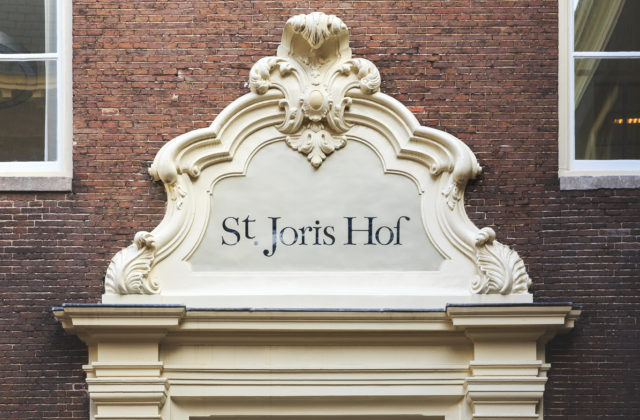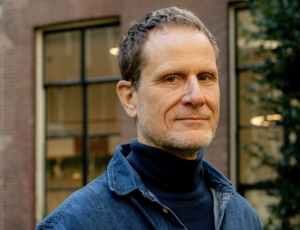
The History of the St Jorishof building
St Jorishof (referring to St George) was originally a leper asylum. When the lepers were moved, at the end of the 16th century, it became a proveniershuis, which is a species of a charitable institution. However, it differed from other charitable institutions: the St Jorishof did in fact not take people in “at no cost”. This becomes clear from the words of Wagenaar in 1765: “Nowadays, the house is only for those who purchase their right to live there”. To be admitted as a provenier, one had to be a burgher of Amsterdam. However, infringements of this rule were apparently quite common. From the 17th century, it was mainly those in comfortable circumstances who could afford to spend their old age in the proveniershuis. In principle, the minimum age for aspiring residents was fifty, the point at which “old age” was then considered to begin. Residents were allowed to have a servant living in for a further cost of 100 guilders a year.
St Jorishof was administered by both men and women regents, with the men running the general affairs of the institution and the women taking responsibility for ongoing domestic administration. The person most immediately accountable for domestic and social matters was called the buitenmoeder, who was chosen from among the regentessess. St Jorishof fell into financial difficulties several times. The maintenance of the residents proved more and more difficult to finance and by the end of the 18th century, the expenses of St Jorishof had grown to five times its income.
In 1809, St Jorishof closed down because of a new policy: the cost-effectiveness of a great many hospitals and almshouses was studied. Because of its extremely high expenses, St Jorishof fell victim to this policy as well. The former proveniers had to find alternative accommodation and were each granted an annuity. All the institution’s property came into the possession of the city. The houses it owned in various parts of the city were all sold, and the furniture was taken to the city’s carpenter’s workshop, where some of it was discarded and some recycled. St Jorishof’s buildings were converted, with a minimum of expense, into offices for the Ministry of Finance. The same happened to the neighbouring East Indies House: it was now owned by the State, housing various departments of the Ministry of Finance.
In 1902, the East Indies House and St Jorishof were joined by a new extension to make a single complex, the purpose being to enable the Tax Department to expand their offices. The main reason for this expansion was a decision to centralize the department, which had previously had branches throughout the city. In 1922, the Tax Department was once again confronted with a lack of space, which made them move out of St Jorishof.
In 1965, the government sold the entire complex to the city, for the benefit of the University of Amsterdam. In 1967, a renovation of St Jorishof started. The east wing was the first to be renovated and the University of Amsterdam’s Institute of Eastern European studies moved in. The west wing of St Jorishof was restored and became the home of the Amsterdam School of Social Research and the Amsterdam Centre for Asian Studies.
The architecture and interiors of the 19th century were scarcely held in any regard in the 1960s. Yet centuries of architectural history, and the comings and goings of thousands of users, have left indelible marks behind them, and make this complex as fascinating as it is.
-

-

-
 Insights
InsightsWhat is recognition?
-
 Insights
InsightsBullsh*t Security?